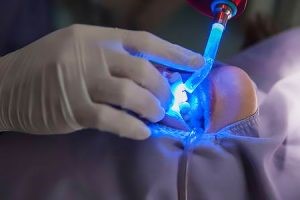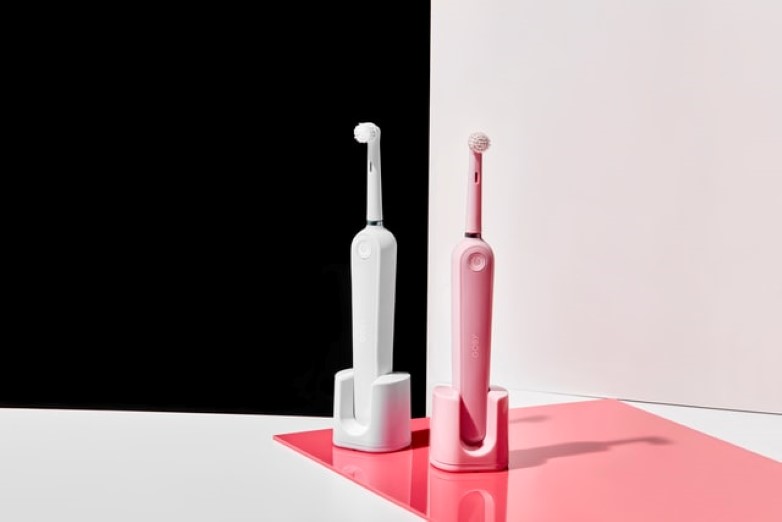A dental services report conducted by Healthwatch England has illustrated the difficulties that are experienced by people trying to access dental services in the UK. Waiting list time has been exacerbated by pandemic pressures, with some people waiting anywhere between a few months to three years to get an NHS appointment. A further NHS study has explored the other reasons that people may face reduced access to oral healthcare: 27% of respondents avoid dental treatments altogether due to the costs and 23% of respondents only visit the dentist when they require treatment due to fear of the dentist.
These combined factors have led to a drive in the development of new technology solutions to increase the quality of care and access to dental services. Advancements in dental technology are making dental visits easier, quicker, and less painful.
Take a look at the following 3 technologies that are transforming the oral technology landscape and making dental care more accessible:
1 – 3D printing removes long wait times
3D printing has a number of applications across dentistry and can be used to print a wide range of appliances such as splints, surgical guides, and dentures. Shown below, are a series of ‘digital dentures’ produced via CAD/CAM workflows and 3D printing technology, they are predicted to disrupt the market space and uptake of this technology in dental practices has risen in the wake of COVID.
From a clinical perspective, the main advantage of digital dentures is that fewer patient visits are required to fit the prosthetic and once a 3D scan of a patient’s mouth has been conducted, the denture base can be produced in under an hour. This rivals the month-long waiting times for traditional denture production methods. This results in fewer appointments, and more durable and better fitting dentures and greater access to dental services.

2 – Virtual Reality for dental anxiety
A study conducted by DentaVox has shown that more 60% of people suffer from dental fear and use of local anaesthetics remains the primary method of addressing patient anxiety.
The uptake of virtual reality tools in dental clinics is increasing, to help patients who suffer from anxiety. The process works by removing stress-inducing visual and auditory stimuli that patients associate with the procedure and replace with pleasant, relaxing stimuli. Various studies utilising self-evaluation questionnaires have reported favourable objective and subjective responses from patients in relation to use of VR distraction systems during dental procedures, with widespread reporting of less perceived pain.
By reducing the anxiety associated with trips to the dentist, VR ‘distraction’ technology is an innovation that provides greater access of dental care to patients.

3 – Dental lasers reduce pain and invasiveness
Dental lasers are increasingly being used with the aim of minimising invasiveness and pain of dental procedures. This is a device that emits energy as amplified light and is transmitted at various wavelengths, dependent on the target of the laser and the type of procedure.
Lasers can be used in a variety of settings such as cavities, root canal treatment and for general healing. Data has shown that 90% of patients find laser treatment preferable to treatment via dental drill – this is because lasers cause no vibration, and therefore don’t require anaesthesia. Because targeting is much more accurate with laser technology, less tooth and oral tissue is damaged or required to be removed during the procedure.
This is an important innovation in the dental tech field because it can lead to a greater uptake of dental services by patients that may feel discouraged by the pain accompanied by the traditional drilling methods.

With PatBase, it’s easy to understand a technology area in just a few clicks. Minesoft’s patent analysis tool, PatBase Analytics, can load an unlimited number of patent families in seconds, with lots of aesthetic graphs which are easy to understand and share with key stakeholders.
PatBase Analytics V3 can be used to analyse a technology area in a visual way, ideal for sharing in the boardroom with non-patent experts. As an example, the graph below shows the number of dental tech patent applications filed over the last 10 years. There is an exponential increase in applications coming from China in this technology area from 2014 to 2022. This is especially notable when the analyst takes into consideration that there is an 18-month lag from when the patent is applied for and when it is filed. The analyst might want to take this further by drilling into the graph (in just a few clicks!) to get a deeper understanding of the technologies that sit behind the data points.
Minesoft analytics allows an analyst to really get to grips with an entire technology field and visualise its interaction between other fields in a matter of seconds, analysing numerous documents instantaneously in one result set.

PatBase equips researchers and innovators with powerful research and analytics tools that can be accessed anytime and anywhere, to extract meaningful insights.
Sign up for your 2-week free trial today, click here.

